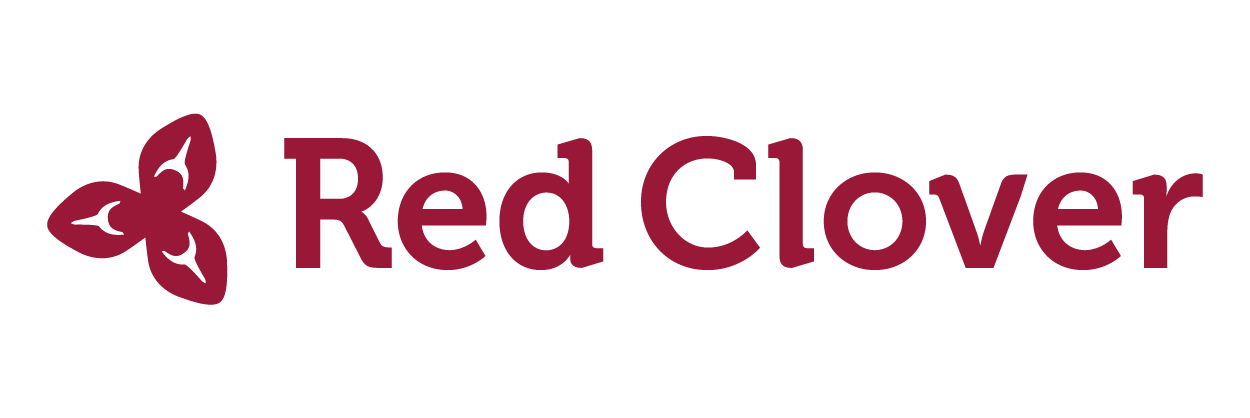Justice and the Indian Act injustice
Today’s post is our second by guest writer Gus Polman.
With the National Day for Truth and Reconciliation, Canadians recently specifically remembered the children who never returned home and Survivors of residential schools, and the immeasurable suffering, effects, which continue to reverberate through generations of their families and communities. The schools, now closed, were created under the Indian Act, an apartheid-era instrument still in force today.
Most First Nations in Canada aren’t self-governing but governed over—separate and excluded from other Canadians-- under the Indian Act. The framers of colonial South Africa consulted that legislation when legally constructing apartheid. Canada’s still maintaining this indignity which has First Nations people as wards of the state, with non-Indigenous government being their trustee. The Act’s various aggressive, destructive statutes and policies are basis for many stereotypes today and it’s shaped the socio-economic and political reality of untold generations Indigenous Peoples. It constrains opportunities both for First Nations and other Canadians.
Under the Act’s election system, elected chiefs [a European term] work for the federal government, not for the people who elect them. But control of many elements of the reserves – including land, resources and finances—passed into what was called Department of Indian Affairs. Since 1951, these elections have been held every two years, making for political instability and hampering economic and other development. (Consider, also, often this colonial construct gives rise to conflict with hereditary leaders ---who have power passed from one generation to the next along blood lines or other cultural protocols, similar to the transfer of European royalty.) The Act further hinders nations working together on longer initiatives, as Council elections are all held at different times.
The Act’s dissolution of women’s stature, combined with the abuses of the residential “schools” system, continue --despite amendments-- to subject generations of Indigenous women and children to a legacy of discrimination, dishonour, and disrespect.
Under the Act, the houses for “status Indians,” are not owned by the people who live in them. Many First Nations communities don’t have taxpayer equity funds for programs –available to other taxpayers—for K-12 education or health care. We might conclude that the Indian Act is seriously wrong and wicked. But that also means we’ve chosen to let our institutions do our sinning for us. Lord, in Your Mercy, renew us all.
We need, in an orderly manner, to remove the legislation that’s the cause of many challenges; this will make a better and stronger Canada for all. Previous Attorney General and Minister of Justice Honorable Jody Wilson-Raybould refers to it as the need to complete the project of Confederation. An evolution of cooperative federalism and distinct orders of government, each with operative capacity. It will require a federal legislative and fiscal framework of transition to recognize Indigenous rights and mechanisms for their implementation -- the unfulfilled promise within Section 35 of the Constitution Act, 1982.
I’d say we do well to give it…unreserved attention.
The Spirit, moving among us all, beckons we become active agents of reconciliation, encouraging community development for all.
